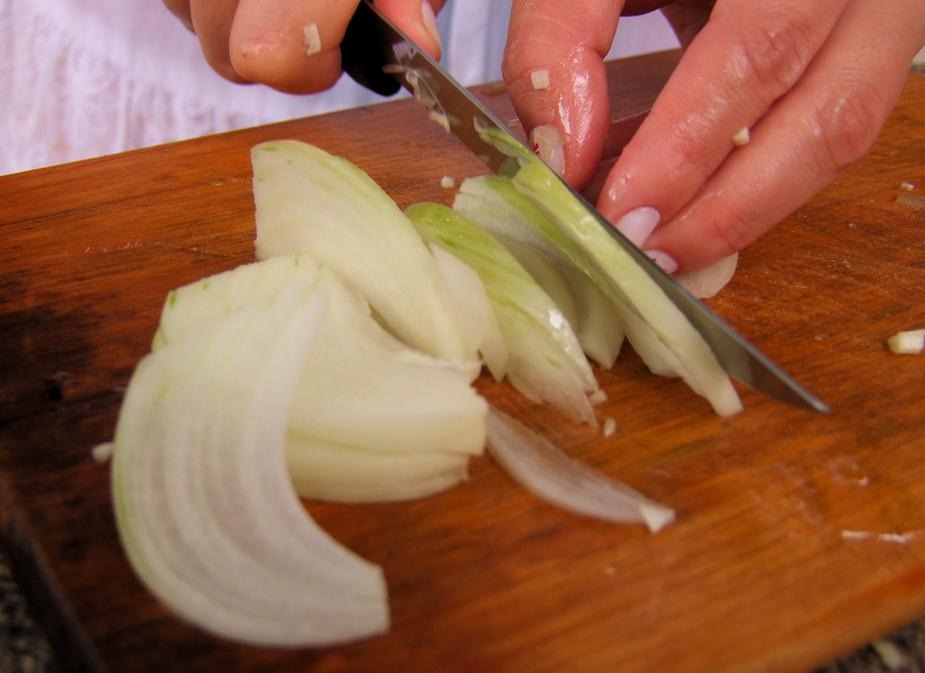When we cut an onion it is usual to avoid the annoying tearing, since our eyes cry when doing it. But why do we cry and our eyes sting every time we cut one?

Who has not cried when cutting the onion once? In fact, we could almost rephrase the question … Who has not ever cut an onion and has always cried when doing so? There is no doubt that we are, without a doubt, facing a certainly uncomfortable inconvenience, especially for those who regularly cook and use onion among their most common and usual ingredients. But why do we cry? Perhaps we feel an unconscious sorrow for passing the knife through its different layers?
Before discovering it, we must comment that the onion is an underground, edible bulb that grows on the plant of the same name (whose scientific name to be more precise is Allium cepa). It is a vegetable of Asian origin whose cultivation has been known and carried out since 6,000 BC, when shortly afterwards it spread throughout Europe until finally reaching America. It belongs to the Liliaceae family, with outer leaves in charge of protecting the bulb.
We are, therefore, before a vegetable extremely popular in many countries of the world, whose consumption has spread for many centuries. Regarding the most important benefits of onion, we can highlight that it is a natural food with bactericidal and fungicidal action, it helps to lower blood sugar levels and also high cholesterol levels, it is a wonderful purifying the blood with an important diuretic function, as well as being useful in regulating intestinal transit.
Although it is a very common and popular food, from the first moment we remove its first layer and begin to cut it, our eyes start to sting and water. The reason is found in an irritating gas known as allinase, which we breathe when cutting onions. Causes irritation of the nasal mucosa. Explained in a much more technical and precise way, when an onion is cut, cell breaks occur that allow the allinase enzyme to come into contact with the trans – (+) – S- (1-propenyl) -L-cysteine sulfoxide, producing , pyruvate, ammonia and seen-propanothial-S-oxide. The latter is the molecule responsible for tearing and eye irritation.
Many experts consider that propanotial exerts a tear action, because when it comes into contact with water it decomposes resulting in hydrogen sulfide, sulfuric acid and propanal, probably being sulfuric acid that damages the conjunctival membrane, producing the annoying tearing.































